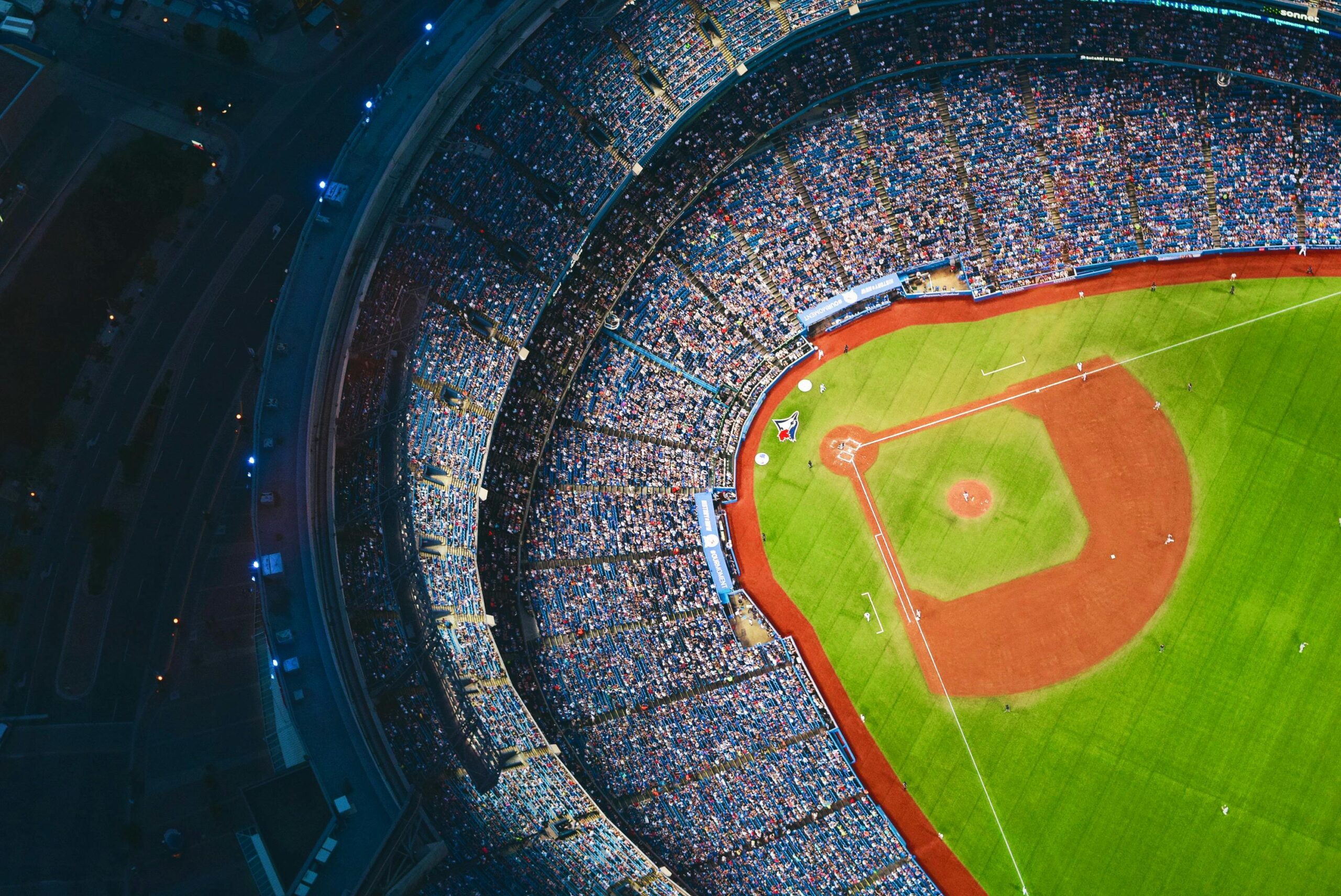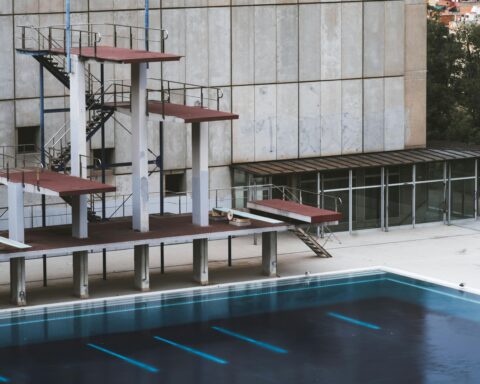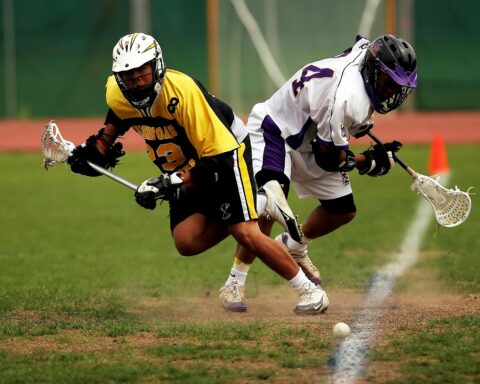In 2022, Edwin Diaz had arguably one of the greatest seasons by a reliever ever, according to Just Baseball and Pitcher List. He gave up only 1.31 runs every 9 innings he pitched (1.according to Baseball Reference), while striking out half of the batters he faced, being an All Star and Reliever of the Year. However, in 2023 he tore his patellar tendon and missed the entire year, and when he came back the next year, things were not the same. His fastball, which had averaged 99.1 MPH according to Baseball Savant when he threw it, dropped to 97.5. Still very good, but this was hit much harder than before. His strikeouts were down, walks were up, and he did so badly at one point that he was removed from the closer role. He also got suspended for sticky stuff, but down the stretch, he helped with multiple clutch, multi inning performances against the Phillies and Braves. However, in 2025, he’s become one of the most reliable weapons in Mets manager Carlos Mendoza’s bullpen and has made the all star team and had a stretch where he retired 30 straight hitters. There are 4 main reasons he has become this way, and also let’s see what other people say is key.
1. He’s inducing more ground balls
Since the fastball has continued to drop, he has to pitch to contact more. In 2022 and 2024, he had an average ground ball rate of 45.6%. This year, it’s increased to 52.9%, which is better than 88% of pitchers according to Savant metrics. His best before hand was in the aforementioned 2022, where his 47.4% groundball rate was better than 70% of the league. But this ground ball rate helps when your infield has Brett Baty, Francisco Lindor, and Jeff McNeil, none of whom are below the 75th percentile in range. This, while lowering his still elite strikeout rate, has allowed him to get easier outs while bringing his batting average against down from .188 in 2024 to .168 in 2025 according to ESPN, much closer to his career norm.
2. He’s lowering his hard contact
In 2022, one of the few blemishes on his beautiful ledger (besides his always below average walk rate, that’s never changing) was the hard hit rate. According to Savant, 38.1% of hits against him had an exit velocity of 95 MPH or higher. This was worse than more than half of all pitchers. But now, he’s better than 78% of pitchers, with a 36.8% hard hit rate.
3. Hitters may just be unlucky.
Now, I am going to use a number that may actually hurt this argument. Batting average on balls in play, or BABIP, is used to show if a hitter or pitcher is unlucky. Higher means hitters are getting lucky and pitchers are unlucky, and vice versa. In 2022, hitters were incredibly lucky against Diaz, as when they put a ball in play they got a hit a third of the time (.333 BABIP), according to FanGraphs. This year, they only have a .273 BABIP. This is kind of following the cycle of BABIP for pitchers. If you have a very high BABIP for one year, it will lower in the coming years and you will do better. If you have a low BABIP as a pitcher, it will increase in the following years, and you will do worse. But we can connect this to the ground ball rate and the hard hit rate, as softer contact is less likely to get hits and the good defense behind him will also field all the ground balls they get, even if it does mean he may regress. C
4. He’s turned up the fastball usage
Before his injury and for most of 2024, Diaz used his slider as his main pitch. He used it on average 52% of the time, while only using the fastball 46% of the time. However, this year, his fastball usage is up to 52%, with his slider down to 46%. Even though his fastball has continued to decline, he’s been using it to attack, then finishing hitters off with another fastball or a slider. This has been the norm for him ever since he gave up a go ahead grand slam off a slider to Corbin Carroll during a key series in August 2024. His very next outing, he attacked with mostly fastballs. High fastballs are already the most difficult pitch to hit according to WIN Reality, and with his fastball velo still elite (87th Percentile), if he attacks with the fastball and can throw some good high ones, as well as making sure he can get swings and misses while not missing horribly, he becomes a very dangerous pitcher.
What do other people say?
In an article from MLB.com about how Edwin Diaz can be successful, Mets lefty A.J. Minter brought up how Diaz is at his best “whenever you can control the fastball, that gets hitters to speed up, to commit to the fastball … that’s when you get hitters off-balance, when he has that life and he’s pounding the strike zone with that fastball, that’s when you get the butt-out swings and misses.” In the same article, Mendoza brought up that the adrenaline of real games will help. Let’s just say he’s done both things. His pitch sequences have been near-perfect, and he’s done beautifully in huge games. With all of these, he’s 18 for 19 in save opportunities, and is 4-0 on the year.







